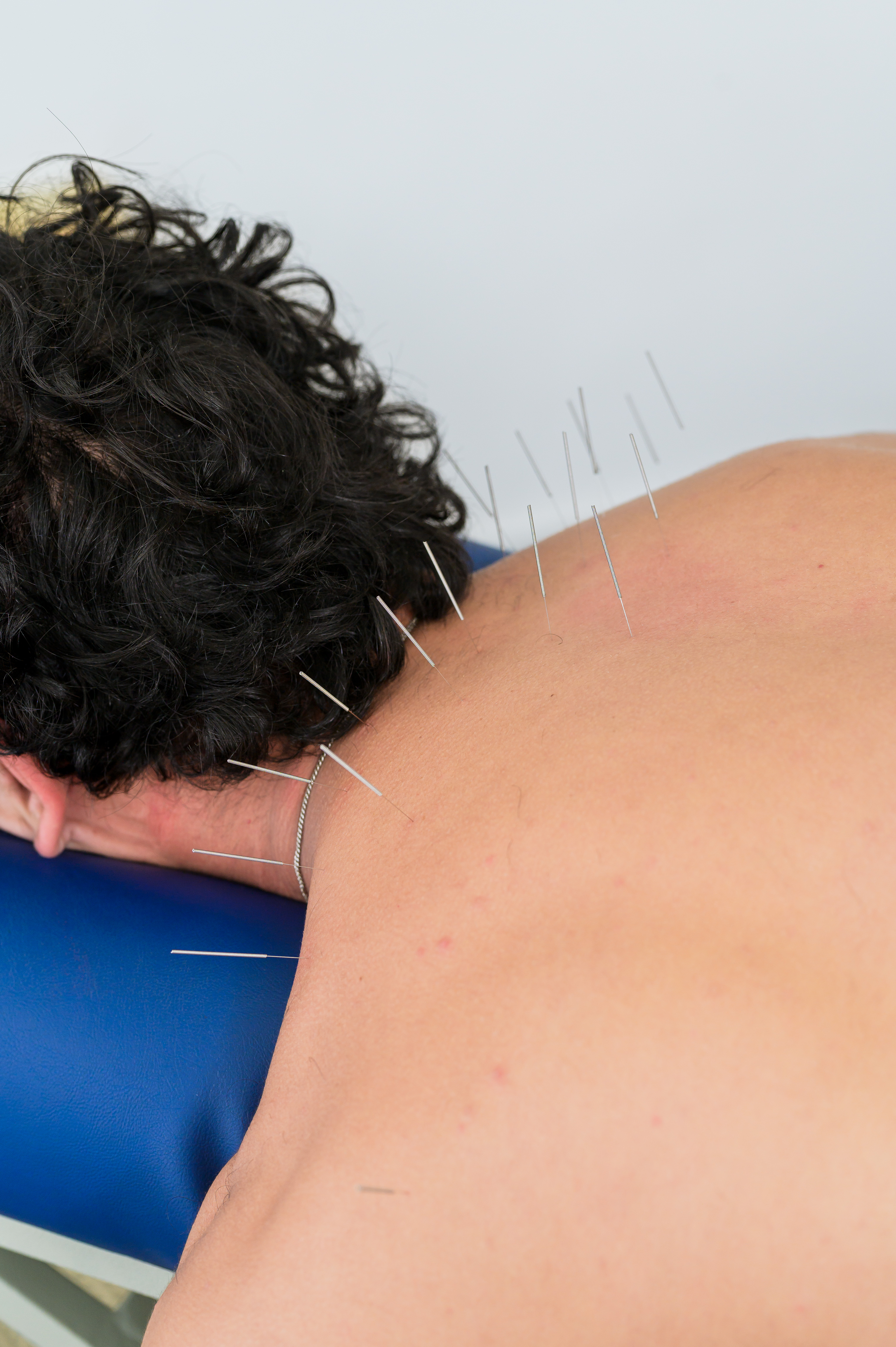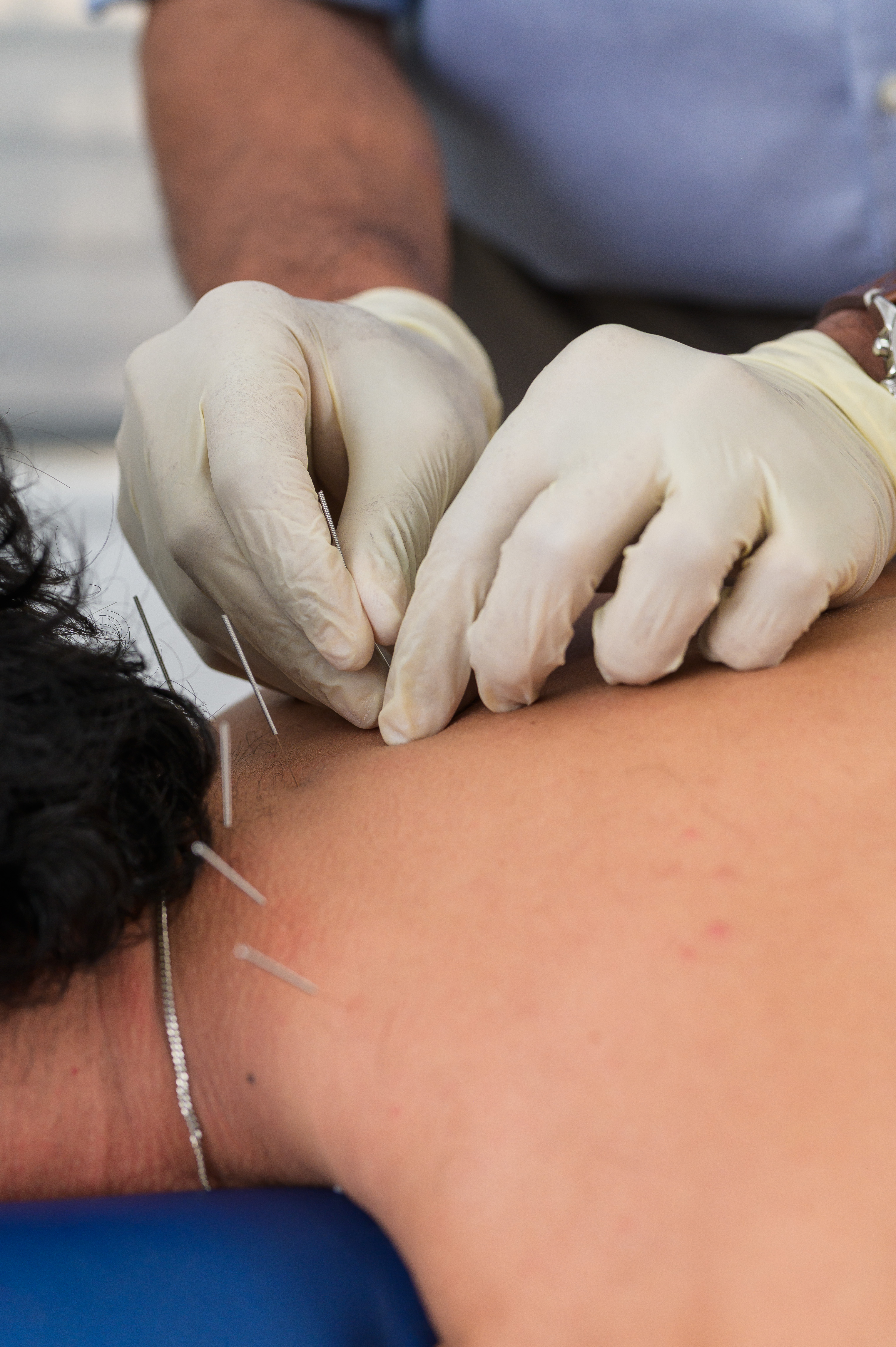Dry Needling
Dry needling is a technique we use to treat pain and movement impairments. Our Practitioner inserts a “dry” needle, one without medication or injection, into areas of the muscle.
Other terms used to describe dry needling include:
- Trigger point dry needling.
- Intramuscular manual therapy.
Dry needling is not acupuncture, which is based on traditional Chinese medicine performed by acupuncturists. Dry needling is a part of modern Western medicine and is supported by research.
What Is a Trigger Point?
A trigger point is a taut band of skeletal muscle within a larger muscle group. Trigger points can be tender to the touch. Touching a trigger point may refer pain to other parts of the body.
What are the indications for dry needling?
Dry needling is beneficial for the management of:
- Myofascial pain with the presence of trigger points.
- Muscle strains
- Osteoarthritis
- Tendinopathies


What are the benefits?
- Release or inactivate trigger points to relieve pain
- Improve range of motion
- Relaxes the muscle
- Boosts blood flow
- Diminishes inflammation
- Triggers the healing process
- Normalize the dysfunctions of the motor end plates
What Kind of Needles Are Used?
Dry needling involves a thin filiform needle. The needle penetrates the skin and stimulates underlying myofascial trigger points and muscular and connective tissues. The needle allows our practitioner to target tissues that they are not able to reach with their hands. The procedure is done maintaining standard safety protocols; however, it does not usually bleed from the needling sites.

